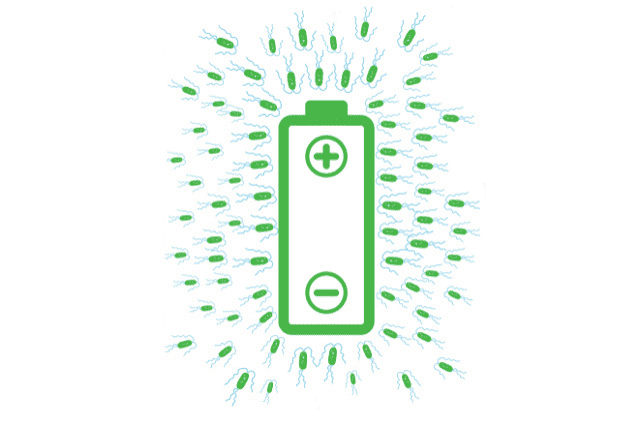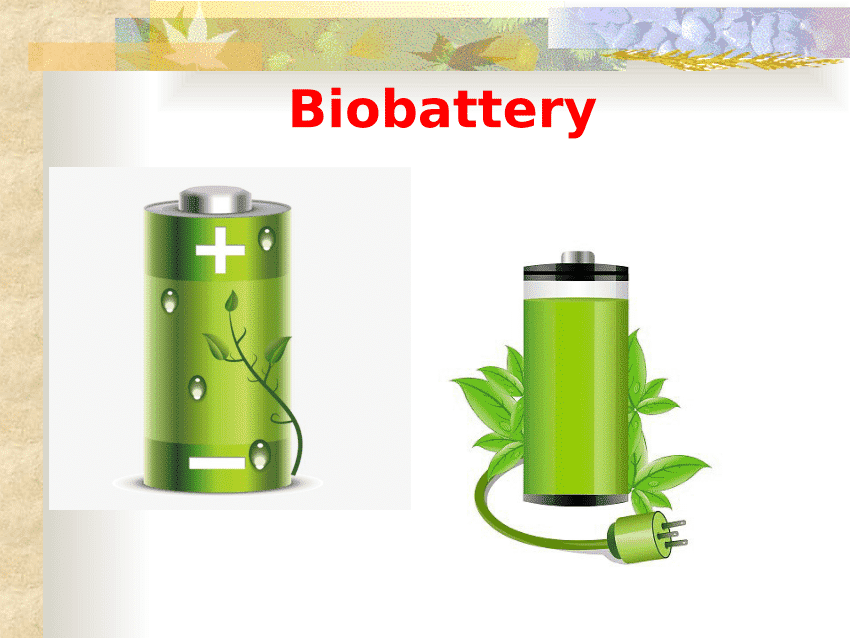A team of researchers at Binghamton University has developed a way to power biobatteries for weeks, using three different types of bacteria, a university press release said.
With technological developments like the Internet of Things (IoT) that allow devices and sensors to connect with each other and work in sync, there is also a need to keep these devices powered, no matter what the circumstances. This is a difficult task to achieve in remote locations.
Biobatteries power devices by emulating the breakdown of energy in biological cells with the help of glucose.
Seokheun Choi, is a professor at the Thomas J. Watson College of Engineering and Applied Sciences at Binghamton University. Choi has been working on biobatteries for years and has found that bacterial interaction can create enough energy to power devices for a few hours.

“A photosynthetic bacteria generate organic food that is used as a nutrient for the other bacterial cells beneath. At the bottom is the electricity-producing bacteria, and the middle bacteria generate some chemicals to improve the electron transfer,” Choi elaborated in the press release.
These new biobatteries follow a new method of assembly. Stacked in blocks of 1 sq. inch (3 cm X 3 cm), these batteries are like Lego bricks that can be combined and reconfigured very easily. The blocks can be arranged depending on the device they need to be used with.
Choi believes the 6G will be deployed globally in the coming decade and there will be many small, smart, and standalone devices that will be used in the future. What’s more, these devices will also be deployed in remote and harsh environments that will be outside our reach, and that’s where his miniaturized energy harvesters will come in.

In the future, Choi wants to make batteries that can perform self-healing when they face damage in harsh environments. But his goal is to make the batteries very small. “We call this ‘smart dust,’ and a couple of bacterial cells can generate power that will be enough to operate it. Then we can sprinkle it around where we need to,” Choi added.
The team published their recent progress in the Journal of Power Sources.


